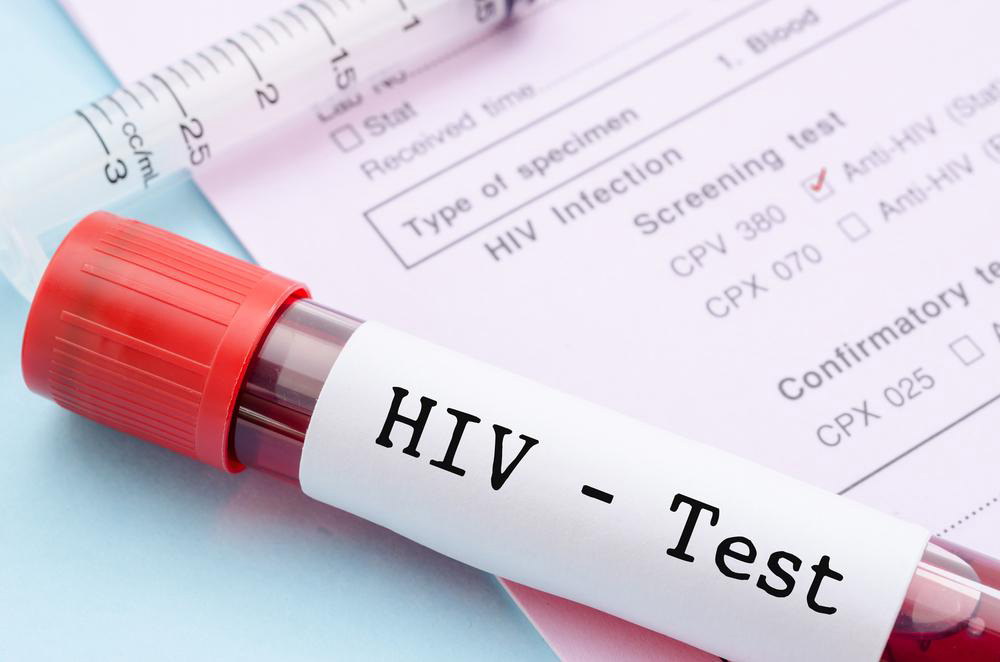Effective Strategies for HIV and AIDS Diagnosis and Management
Early and accurate diagnosis of HIV is essential for effective treatment. Various testing options, including antibody, RNA, combination, and saliva tests, help detect the virus at different stages. Treatment decisions depend on individual health conditions and readiness. Consulting healthcare professionals ensures appropriate management. This guide highlights key testing methods and factors influencing HIV therapy, emphasizing the importance of professional medical advice for detection and treatment.

Effective Strategies for HIV and AIDS Diagnosis and Management
Detecting HIV early can be challenging, as initial symptoms may not appear. Without proper testing, the infection can advance to AIDS, emphasizing the importance of accurate diagnosis. Several diagnostic tests are available to detect the virus in bodily fluids, guiding treatment plans. The U.S. Food and Drug Administration (FDA) has approved various medications for managing HIV and AIDS, which become effective once diagnosis is confirmed.
Key tests include:
Antibody Tests
These identify proteins produced by the body in response to HIV, typically within 2 to 8 weeks. Known as ELISA or immunoassay tests, they are highly reliable.
RNA Testing
Detects HIV infection as early as 10 to 12 days post-infection. Due to cost considerations, it’s typically reserved for high-risk cases or when symptoms resemble flu but HIV is suspected.
Combination Antigen/Antibody Test
Checks for HIV components in blood, usually detectable within 2-4 weeks following infection. Rapid tests can provide results in under 20 minutes.
Saliva Testing
Offers a non-invasive method by collecting saliva with a cotton swab. Results are typically available within 2-3 days.
Factors Influencing HIV Treatment Decisions:
Patient’s willingness and readiness to begin therapy
Severity of the disease progression
Presence of other health issues
Only after comprehensive testing does a healthcare provider determine the appropriate HIV treatment plan for each individual.










